Stanislav Stefanov
Crystal Transformer: Self-learning neural language model for Generative and Tinkering Design of Materials
Apr 25, 2022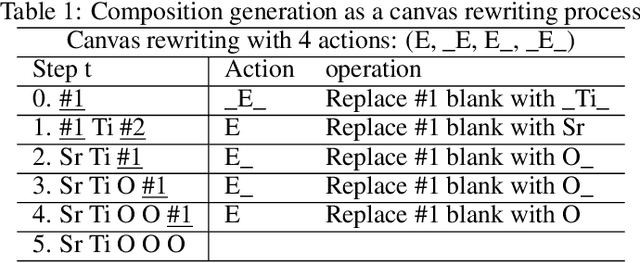
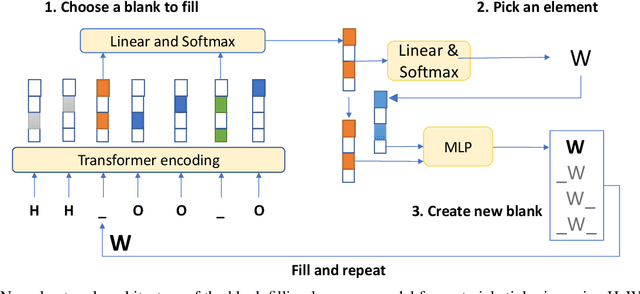
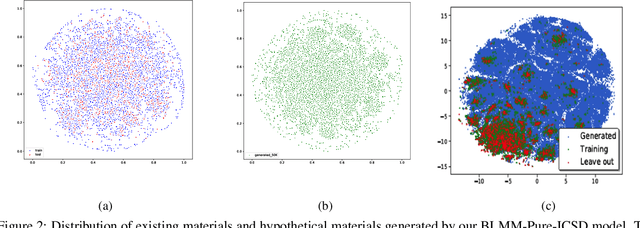
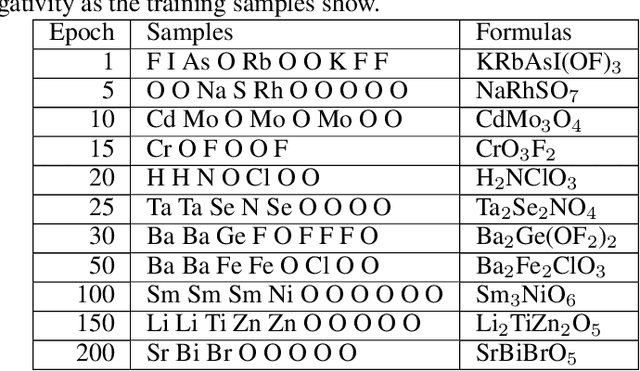
Abstract:Self-supervised neural language models have recently achieved unprecedented success, from natural language processing to learning the languages of biological sequences and organic molecules. These models have demonstrated superior performance in the generation, structure classification, and functional predictions for proteins and molecules with learned representations. However, most of the masking-based pre-trained language models are not designed for generative design, and their black-box nature makes it difficult to interpret their design logic. Here we propose BLMM Crystal Transformer, a neural network based probabilistic generative model for generative and tinkering design of inorganic materials. Our model is built on the blank filling language model for text generation and has demonstrated unique advantages in learning the "materials grammars" together with high-quality generation, interpretability, and data efficiency. It can generate chemically valid materials compositions with as high as 89.7\% charge neutrality and 84.8\% balanced electronegativity, which are more than 4 and 8 times higher compared to a pseudo random sampling baseline. The probabilistic generation process of BLMM allows it to recommend tinkering operations based on learned materials chemistry and makes it useful for materials doping. Combined with the TCSP crysal structure prediction algorithm, We have applied our model to discover a set of new materials as validated using DFT calculations. Our work thus brings the unsupervised transformer language models based generative artificial intelligence to inorganic materials. A user-friendly web app has been developed for computational materials doping and can be accessed freely at \url{www.materialsatlas.org/blmtinker}.
MaterialsAtlas.org: A Materials Informatics Web App Platform for Materials Discovery and Survey of State-of-the-Art
Sep 09, 2021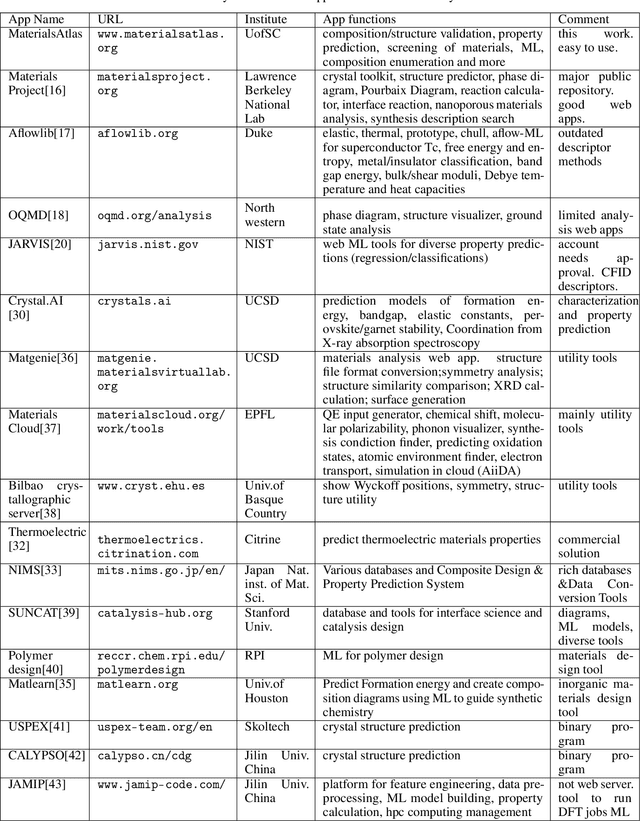
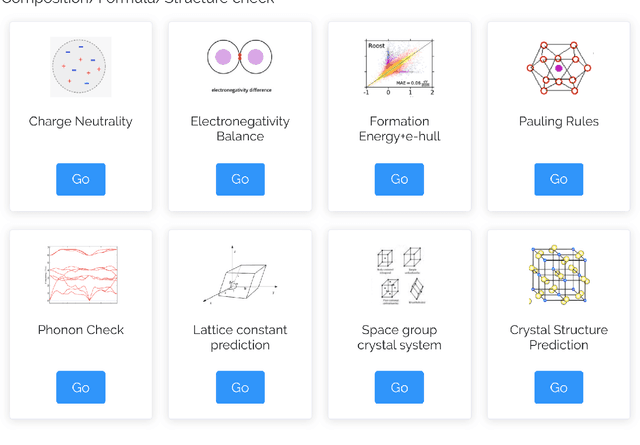
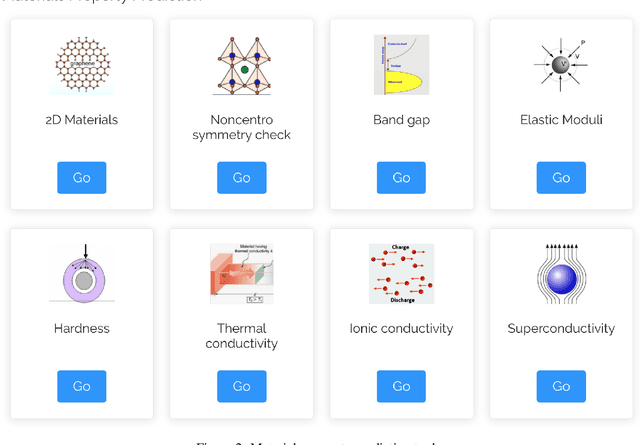
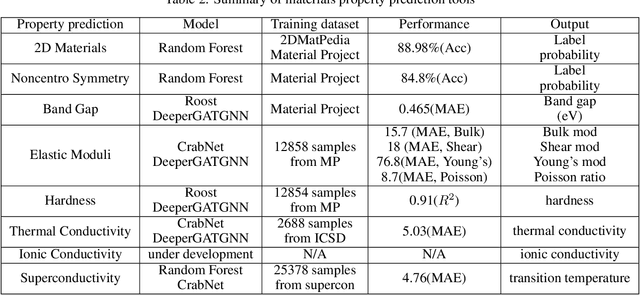
Abstract:The availability and easy access of large scale experimental and computational materials data have enabled the emergence of accelerated development of algorithms and models for materials property prediction, structure prediction, and generative design of materials. However, lack of user-friendly materials informatics web servers has severely constrained the wide adoption of such tools in the daily practice of materials screening, tinkering, and design space exploration by materials scientists. Herein we first survey current materials informatics web apps and then propose and develop MaterialsAtlas.org, a web based materials informatics toolbox for materials discovery, which includes a variety of routinely needed tools for exploratory materials discovery, including materials composition and structure check (e.g. for neutrality, electronegativity balance, dynamic stability, Pauling rules), materials property prediction (e.g. band gap, elastic moduli, hardness, thermal conductivity), and search for hypothetical materials. These user-friendly tools can be freely accessed at \url{www.materialsatlas.org}. We argue that such materials informatics apps should be widely developed by the community to speed up the materials discovery processes.
 Add to Chrome
Add to Chrome Add to Firefox
Add to Firefox Add to Edge
Add to Edge